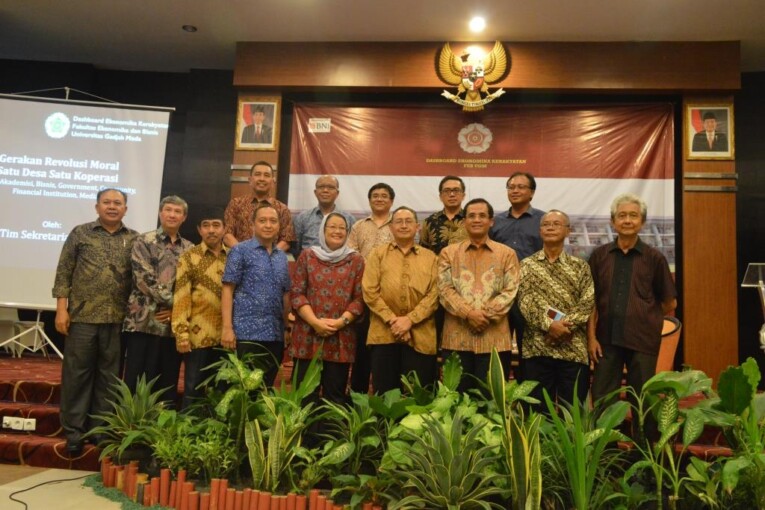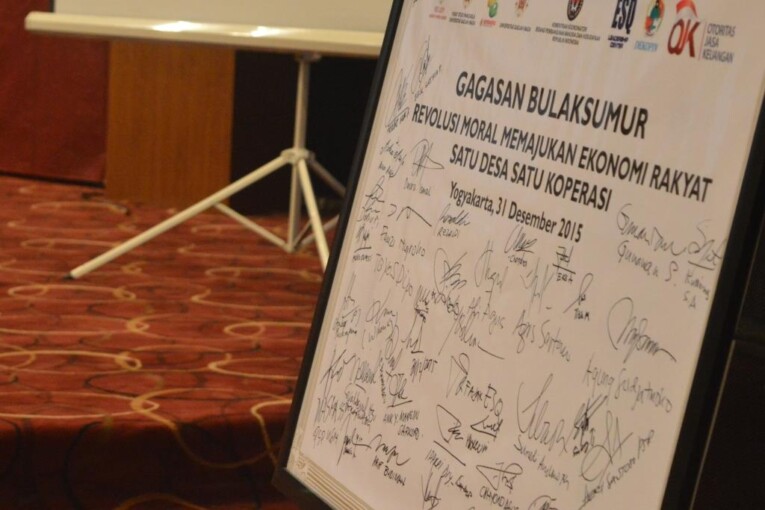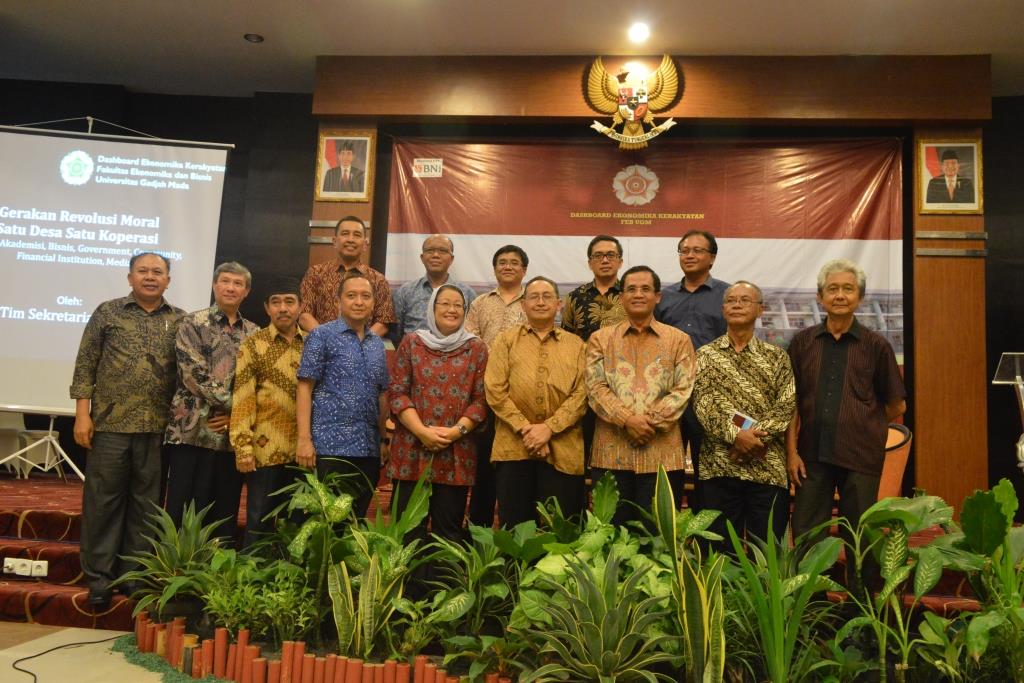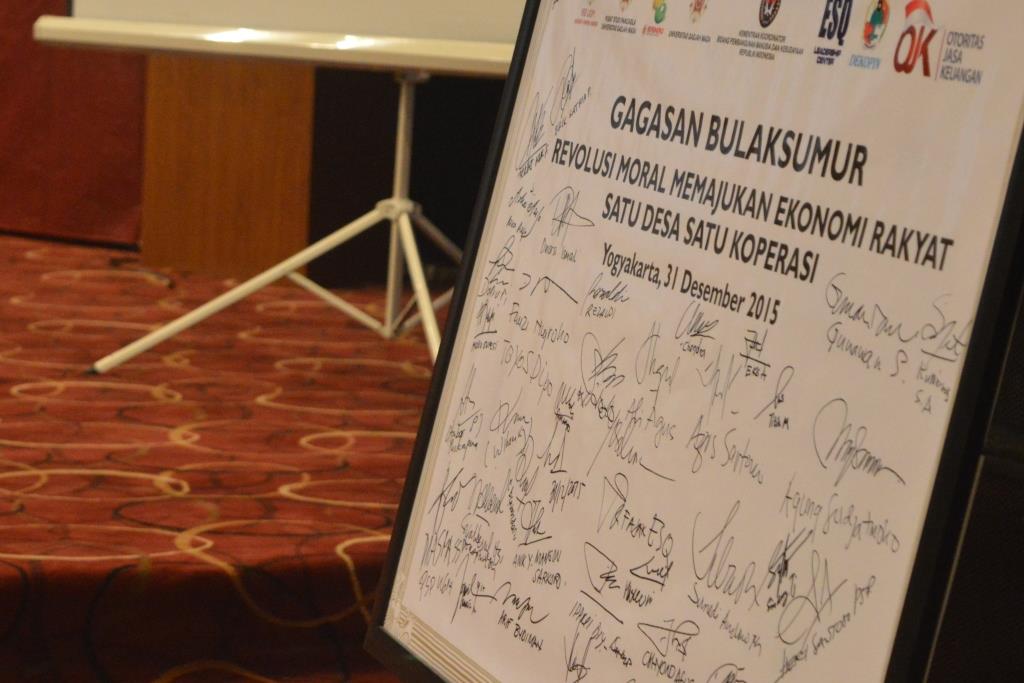The blooming of Lion Dance performances (Barongsai) in major cities in Indonesia after the collapse of Soeharto era is an interesting phenomenon. For more than 30 years, this tradition was banned as stipulated in the Presidential Instruction No. 14 of 1967. This was later removed by President Abdurrahman Wahid in 2000. The tradition of the Lion Dance is currently so popular in the city of Surabaya. In various events, this tradition always appears with its attractions. Lion Dance performances are no longer limited only to the Lunar New Year celebration, but also in other major events carried out by Barongsai players who are generally Chinese Muslim, residents of Surabaya.
According to Moch. Choirul Arif, S.Ag., M.Fil.I, lecturer of faculty of Da’wa and Communication from UIN Sunan Ampel Surabaya, in the New Order era, Barongsai performers were dominated by Chinese descedants who adhere to Confucianism and Buddhism; but after the Reform in 2000, the Lion Dance performers were mostly Muslim or Christian of Java and Madura ethnic groups. “The Barongsai show is easily found at various events in Surabaya,” said by Choirul in his open doctoral examination at the Graduate School of Universitas Gadjah Mada, Friday (29/1).
Barongsai in Surabaya, Choirul said, is a commodity used to gain an advantage by its actors. In fact, Lion Dance performances in Surabaya are able to attract the capital owners, Surabaya City Government, the authorities of Chinese culture, and owners of buildings for public use who make Lion Dance a tourist attraction.
Even so, the emergence of Barongsai was not instant, it underwent negotiation process involving many parties and interests. “This process involves not only the elite of Chinese descendants in Surabaya, but also the grassroots people who were the primary players of the Lion Dance performances as well,” he explained.
For Chinese descendants in Surabaya, Barongsai emergence in the public domain is viewed as a symbol of freedom and a way to maintain cultural traditions amidst the diminishing interest among the young Chinese in the tradition of Lion Dance.
Creative work of Barongsai agents and activists in the city, according to Choirul, also contribute to construct a new role of Barongsai. “This new role is expected to create possibilities that guarantee the continuity of the tradition of the Lion Dance as part of the ancestral cultural heritage of the Chinese,” he concluded.






